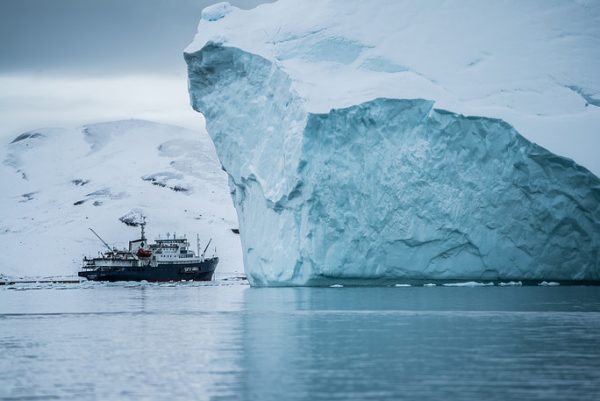
Glaciers are melting, and climate change is only speeding up that process. According to the National Aeronautics and Space Administration (NASA), Antarctica is losing ice to melting at an average of 150 billion tons per year, and Greenland follows at roughly 270 billion tons per year. This loss of ice mass only continues to add to global sea level rise. One icy glacier that is a topic of concern for scientists is the Frederikshåb Glacier, located in southwest Greenland. The glacier flows down from the Greenland Ice Sheet, a single ice sheet that covers about 80% of Greenland and weighs in as the largest ice mass in the Northern Hemisphere. In volume, it contains 12% of the world’s glacier ice.
The summer season in Greenland is referred to as the “melting season” due to the high levels of melting that the ice sheet undergoes. This summer, however, has differed from past years for Greenland glaciers. Kathryn Hansen, Science Writer for NASA explained that melting rates have been above average for the majority of the season. During this time, government agencies like NASA, the National Oceanic Atmospheric Administration (NOAA), the United States Geological Survey, and the National Snow and Ice Data Center complete aerial surveys throughout the season and collect additional data to better understand the increase of Greenland’s glacier melt rates.
Timothy Armstrong is a Meteorologist and Climate Program Leader for the National Weather Service in Wilmington. Armstrong commented about the potential impact on coastal communities, like the Cape Fear region, because of the gradually rising sea level caused by melting glaciers. “Climate change is negatively affecting the amount and volume of sea ice around the north pole,” he said. “Climate change is directly the result of humanity collectively emitting over 37 billion metric tons of carbon dioxide per year, along with emissions of methane and nitrous oxide from agriculture.”
Armstrong predicts continuing changes for the climate in the Cape Fear area. “We can expect warmer temperatures, longer growing seasons, rising sea levels, and heavier and more variable rainfall.” He explained the rise of sea level would cause high tides to reach the currently existing “minor” coastal flood levels nearly every day. This would be observable mostly at beaches and along the Cape Fear River by the year 2100. “Future hurricanes or major coastal storms will more easily cause damaging storm surge flooding.”
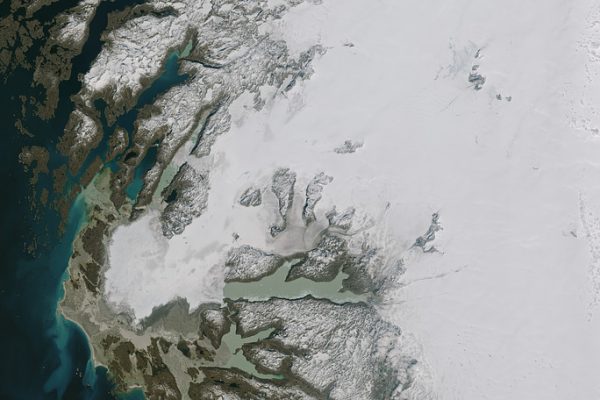
A satellite view of Frederikshab Glacier along the coast of Greenland, captured on June 14, 2023. (NASA)
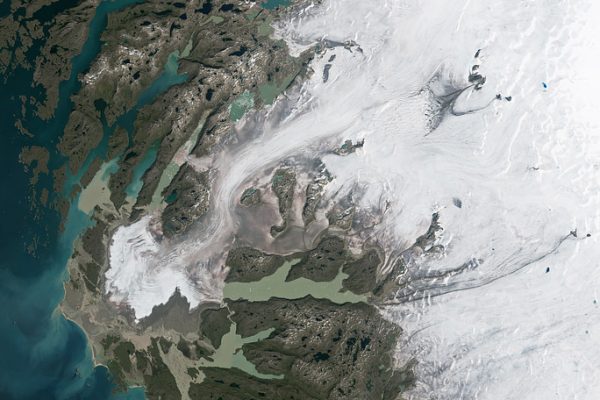
After little more than a month of melting at the Frederikshåb Glacier, the second photo shows a reduction in the amount of brighter surface snow. Both images above from the Landsat show the same area, which is important for accurately recording data from the glacier and being able to see observable differences in snow or ice coverage. Hansen pointed out the change from “clean” snow to “dirty” ice in the images. There is also a presence of ponded water, also known as “melt ponds,” that form on the ice sheet where snow has melted and created pools in lower elevation areas. “They can be an important indicator of the strength of Greenland’s melting season,” Hansen said. “which generally runs from May to early September.”
For glaciologists, the scientists who study these glaciers, the melt of 2012 was a significant and unexpected melting event – the worst in the NASA glacial melting database’s recorded history. The melt season of 2023 has been one that has put the Frederikshåb Glacier on track for competition with other high melt years, according to Hansen.
As far as how society can adapt to the predicted environmental changes mentioned by Armstrong, he added that some communities are already implementing strategies “with an eye to the future.” Armstrong used Charleston, S.C., as an example of a city adapting to the significant impact of rising sea levels. “The city has made hundreds of millions of dollars’ worth of infrastructure improvements to mitigate high-tide flooding including raising building elevations, changing building codes, and installing one-way valves in the drainage systems to prevent seawater from flowing backward through them,” he said.





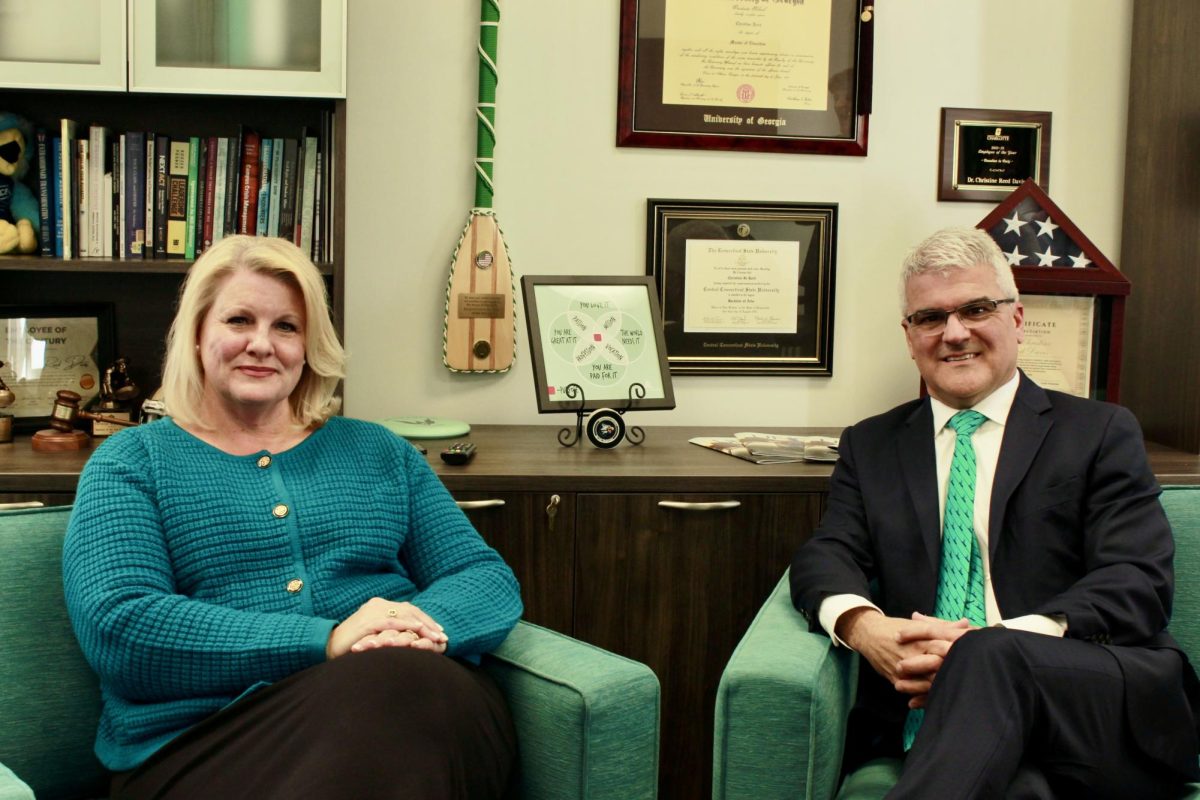










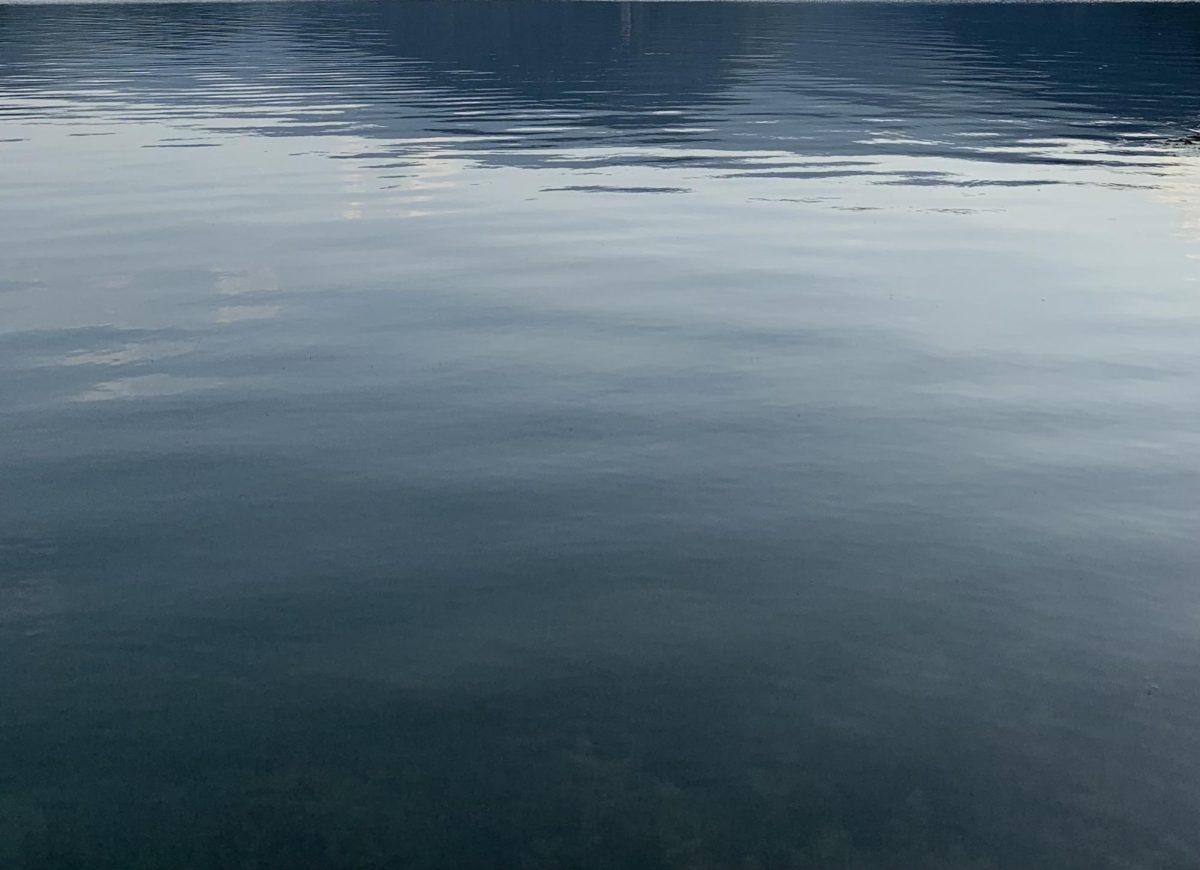


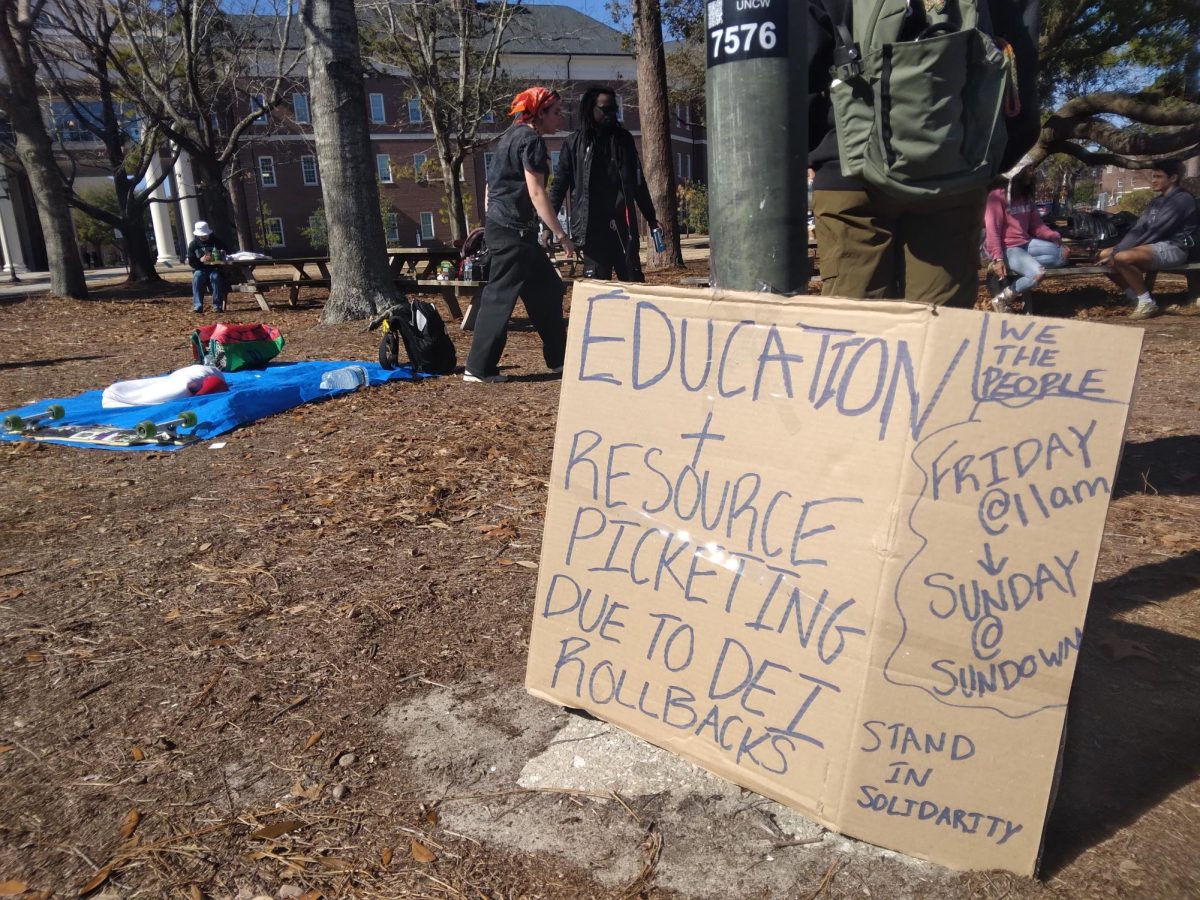
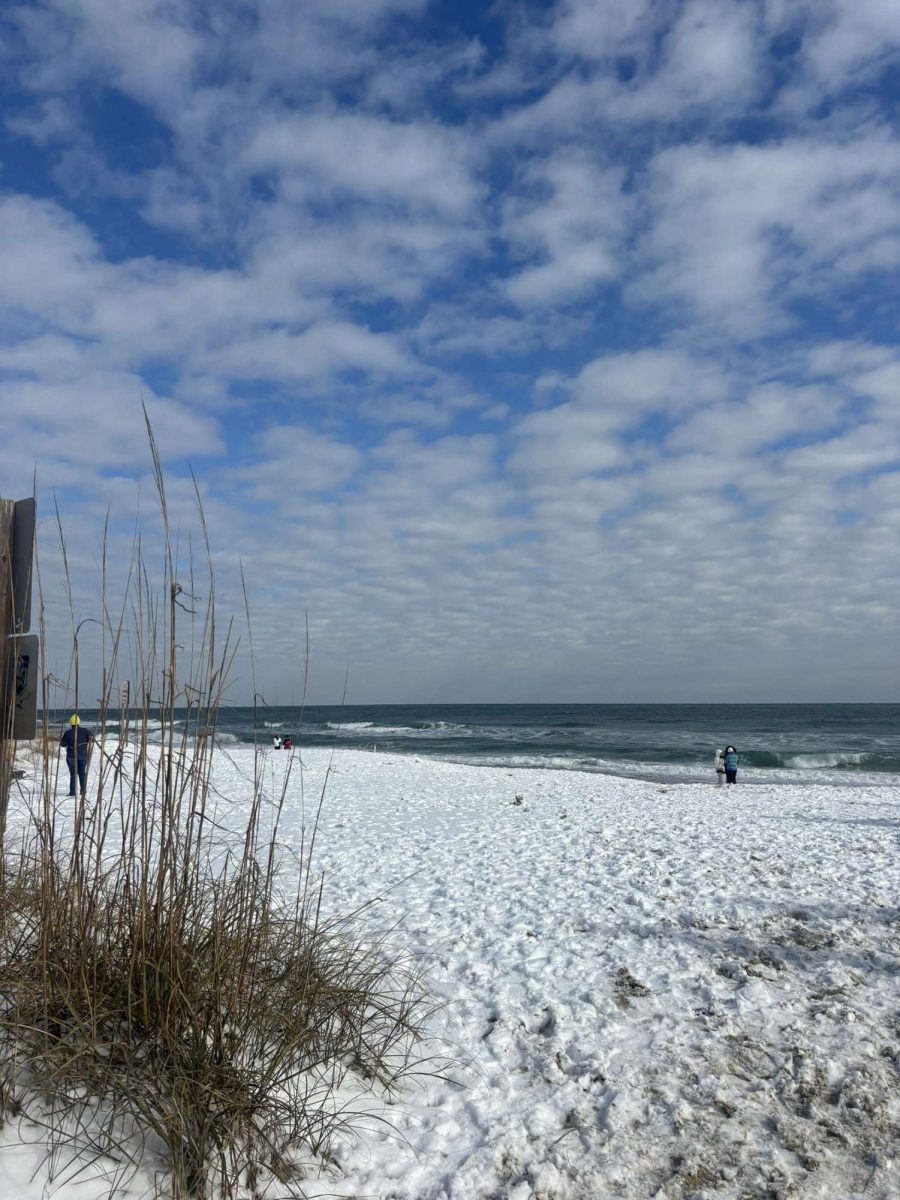
Mary Ellen Frizzell • Nov 21, 2023 at 3:38 pm
Nice work. Very informative and well written.